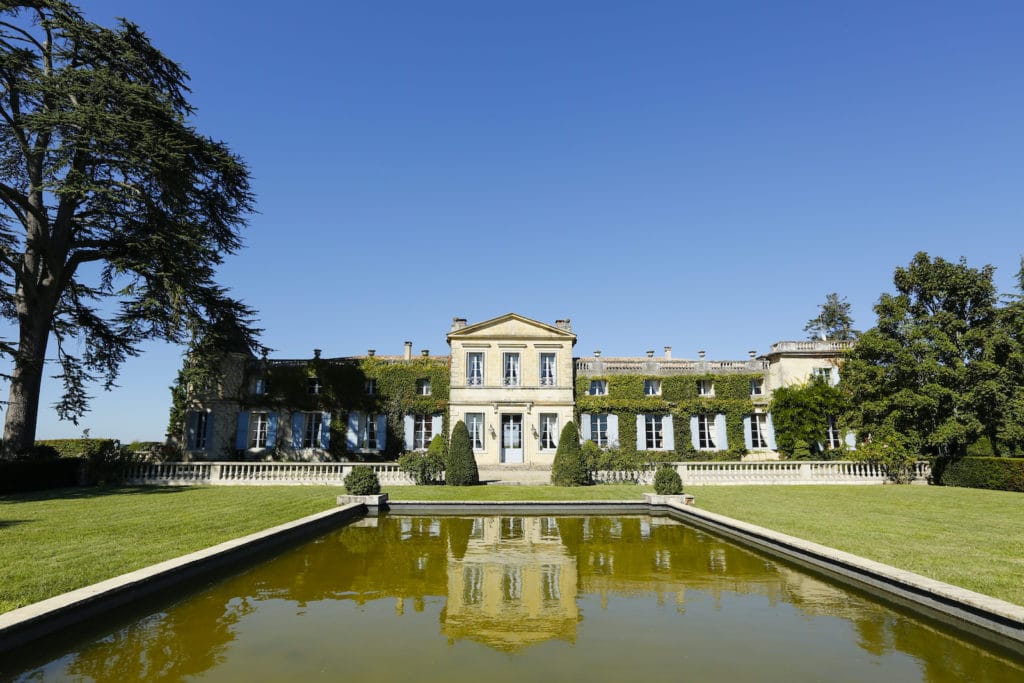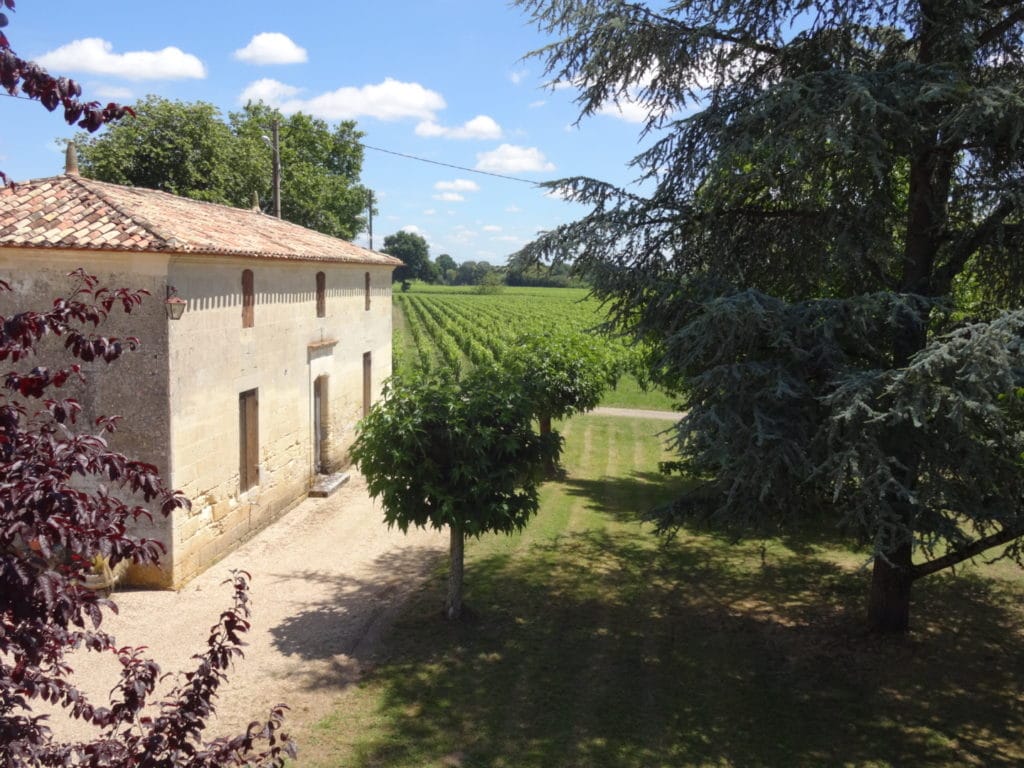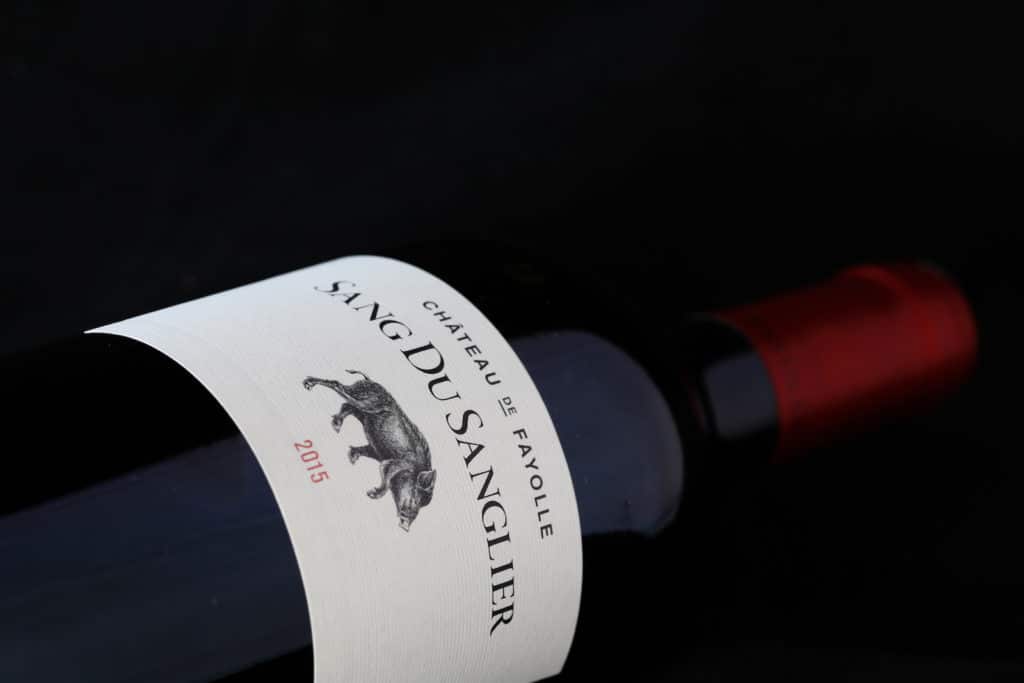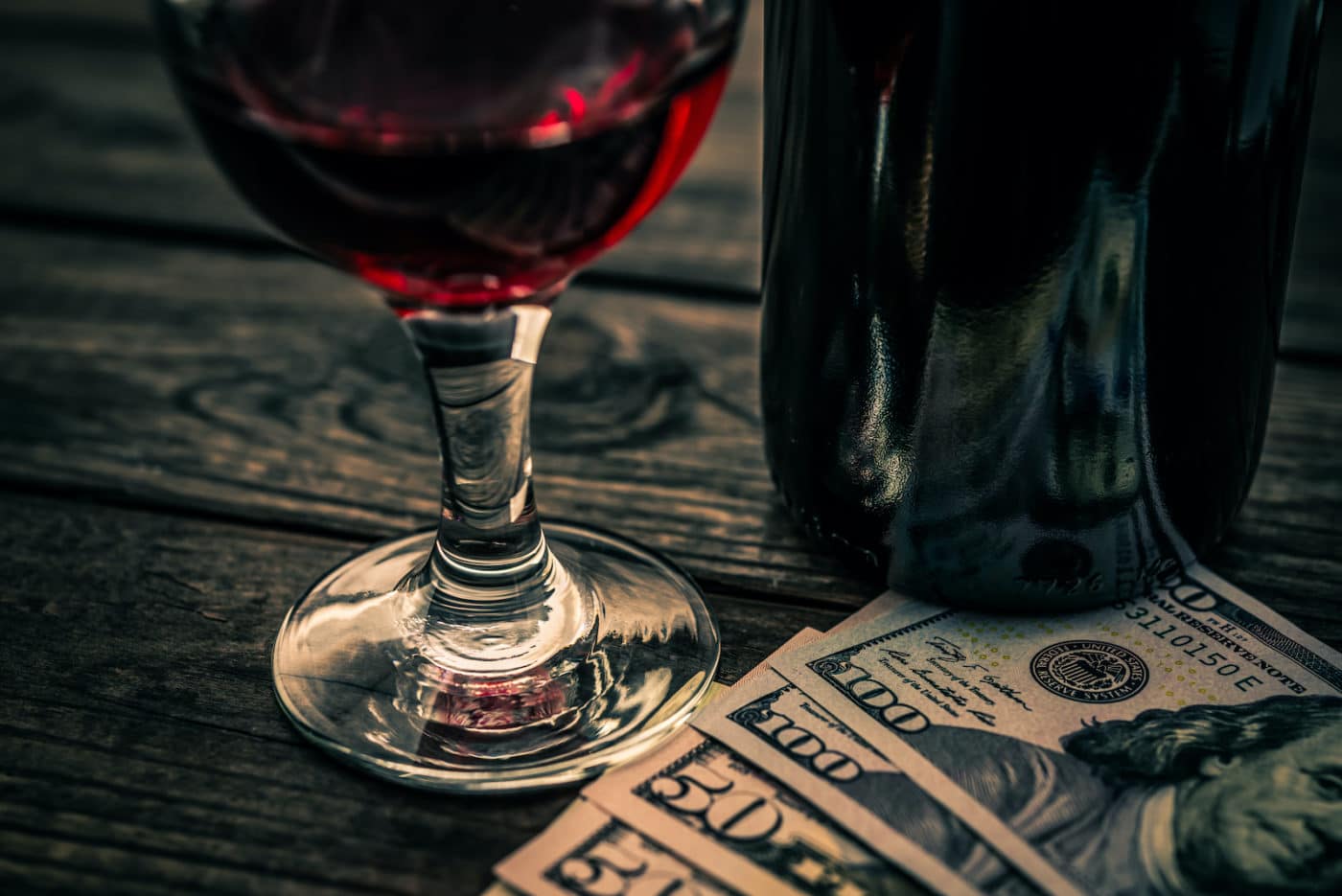Something that we regularly talk through with our clients before they purchase a Bordeaux vineyard is careful consideration of a vineyard business plan. Not so easy early on when it feels like there is still so much to learn about vineyards, wine making and all the regulations associated with operations. In this article we offer a framework for thinking about a vineyard business plan – or at a minimum a place to start.
With over 7,500 vineyard chateaux in Bordeaux producing wine, it would not be a stretch to state that there are 7,500 different business plans. One of the motivations for understanding a vineyard business plan before the purchase of a Bordeaux vineyard is to try to target estates that have an existing business plan that is similar to the strategy that you are considering.
In very simple terms the buyer of a Bordeaux vineyard is wise to determine their motives for the acquisition at the very outset. Unless budget is not a limiting factor, it will be important to give appropriate priority weighting to the following criteria:
- Lifestyle – great for visiting and entertaining, often a second home, highly attractive environment, close to amenities, quality neighbours, limited management responsibilities and a bottle with your name on it.
- Condition of buildings, equipment and vineyards – all buildings and installations are turnkey operationally perfect, and no CapEx of significance needed for at least 3 years.
- Profit – consistent long-term profitability, stable distribution and market demand.
- Owner’s personal engagement – owner is day to day director, hands on and living on the property or very nearby.
- Large scale – high volume, higher efficiency, long term goals, big enough to support a full management team and operate autonomously. Often over 50 hectares.
- Prestige. – Terroir and intrinsic land quality, famous appellation
- Brand strength – independently affirmed for more than 10 years as a recognizable quality trademark associated with excellent wines. Demand equals or exceeds supply.

The majority of Bordeaux vineyards for sale are under five million Euros in value but equally these vineyard estates will only have one or two criteria listed above close to 10 out of 10. To get all of them at a 10 out of 10 weighting, the estate will be over Eur100 million in value and a household name. The way that a buyer of a Bordeaux vineyard assembles these criteria will direct the business plan, budget and even the acquisition process.
For example, a typical lifestyle case study might have the following weighting:
- Lifestyle 8/10
- Condition of buildings and vineyards 7/10
- Profit 2/10
- Owner personal engagement 2/10
- Large scale 3/10
- Prestige 4/10
- Brand strength 4/10
The Vineyard Lifestyle. A common vineyard buyer motivation is to participate in one of the most enviable lifestyles in the world. If lifestyle is the primary motivation, the purchase of a Bordeaux vineyard may fall into the category of a hobby vineyard. In this instance the chateau residence and setting are likely to be more important to a buyer. While these buyers will both appreciate and perhaps even desire the other criteria, they eventually recognize that it is not economically interesting to invest in criteria that they may not need or have time for.

To provide a contrast, a buyer may put less weighting on lifestyle with more priority being put on prestige, terroir and brand strength. In this instance, the acquisition is driven by different motives and the buyer may not even care if there is a residence at all. They require the best possible raw materials for the vineyard and the most prestigious appellation that their budget can support. They might spend €20 million Euros on a dilapidated residence in an average setting but with some of the best parcels of vines in a prestigious appellation.
Once the vision, motivation and budget for the purchase has been established, we can focus on business plans at estates that correspond or that have the potential to correspond with them. But what about the financial aspect of the vineyard business plan? All vineyards are businesses after all and so capital and cash will always play a role to a greater or lesser extent.
We have devised a very simple way to help our clients understand the basics of vineyard cashflows. Using this as a foundation will inform the buyer as well as our team, how to construct their operational business plan after the purchase of the vineyard is completed.
The financial business plan of a vineyard therefore follows this formula:
Annual bottle production x Cost per bottle = Total operating cost
Annual bottle sales x average price per bottle = total revenue

As an example, a typical vineyard financial model might look like this:
Annual bottle production = 100,000
Cost per bottle = 5.00 euros
Total operating cost = 500,000
Annual bottle sales = 75,000
Average price per bottle = 7.00
Total Revenue = 525,000
Net profit €25,000
It is simplistic, but it is a great place to start a discussion since it reveals the categories where risk and sensitivity can be analysed and understood.
To discuss vineyard business plans further please contact Michael Baynes at MichaelBaynes@VineyardsBordeaux.com.
